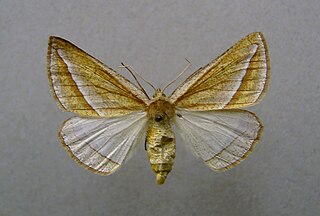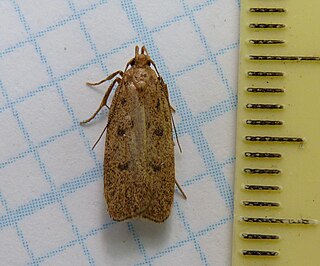Related Research Articles

Balanus is a genus of barnacles in the family Balanidae of the subphylum Crustacea.

The genus Thymus contains about 350 species of aromatic perennial herbaceous plants and subshrubs to 40 cm tall in the family Lamiaceae, native to temperate regions in Europe, North Africa and Asia.

The Asian snake-eyed skink is a species of skink. It is found in Georgia, southern Turkmenistan, southern Tajikistan, Uzbekistan, Kyrgyzstan, western Azerbaijan, eastern Iran, Iraq, Oman, Afghanistan, Pakistan, Jordan, Syria, the United Arab Emirates, northwestern India, and Cyprus.

The pileus was a brimless felt cap worn in Ancient Greece, Etruria, Illyria (Pannonia), later also introduced in Ancient Rome. The pileus also appears on Apulian red-figure pottery.

Thymus pannonicus, known by its common name Hungarian thyme or Eurasian thyme, is a perennial herbaceous plant, distributed in central and eastern Europe and Russia. It grows over open dry meadows, grasslands, and rocks.

Chariaspilates is a monotypic moth genus in the family Geometridae erected by Eugen Wehrli in 1953. Its only species, Chariaspilates formosaria, was first described by Eduard Friedrich Eversmann in 1837. It is found in swampy areas from Europe to Japan.
Ophiuros is a genus of Asia, Australian, and East African plants in the grass family.

The Symmocinae are a subfamily of moths in the superfamily Gelechioidea. These small moths are found mainly in the Palearctic and Africa.
Trifurcula thymi is a moth of the family Nepticulidae. It is found from Germany and Poland to the Alps and Hungary, as well as in France and the Iberian Peninsula.

Lagurus is a genus in the subfamily Arvicolinae. Lagurus includes a single living species, the steppe lemming of central Eurasia. The North American sagebrush vole has also been included in Lagurus, but is likely not closely related. The earliest fossils of Lagurus, allocated to Lagurus arankae, appear in the Late Pliocene. Two other fossil species, Lagurus pannonicus and Lagurus transiens, are thought to be part of a lineage that led to the living steppe lemming.
Bromus pannonicus is a species of flowering plant in the family Poaceae which can be found in such European countries as Czech Republic, Hungary, Romania, and all states of former Yugoslavia.
Donaspastus bosellii is a moth of the family Autostichidae. It is found on Sardinia.
Donaspastus delicatella is a moth of the family Autostichidae. It is found on Corsica.
Donaspastus digitatus is a moth of the family Autostichidae. It is found in Spain.
Donaspastus liguricus is a moth of the family Autostichidae. It is found in Italy.
Donaspastus is a moth genus in the family Autostichidae.
Donaspastus ubangi is a moth in the family Autostichidae. It was described by László Anthony Gozmány in 1966. It is found in the Central African Republic.

Darenth Wood is a 122.9-hectare (304-acre) biological Site of Special Scientific Interest east of Dartford in Kent.

Grapholita gemmiferana is a species of moth of the family Tortricidae.
Cyperus pannonicus is a species of sedge that is native to parts of south eastern Europe and northern Asia.